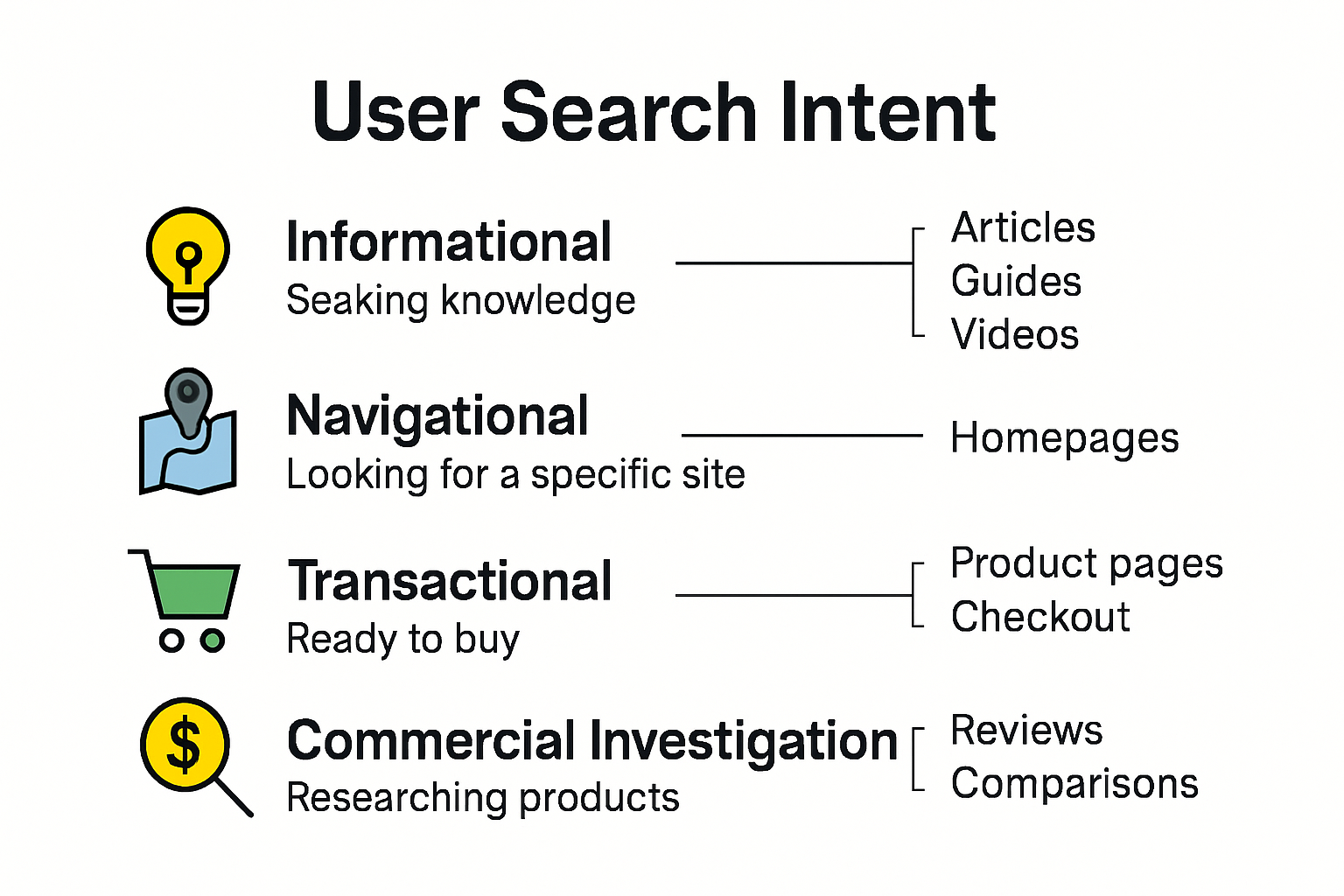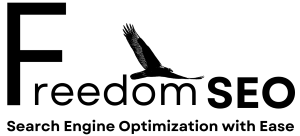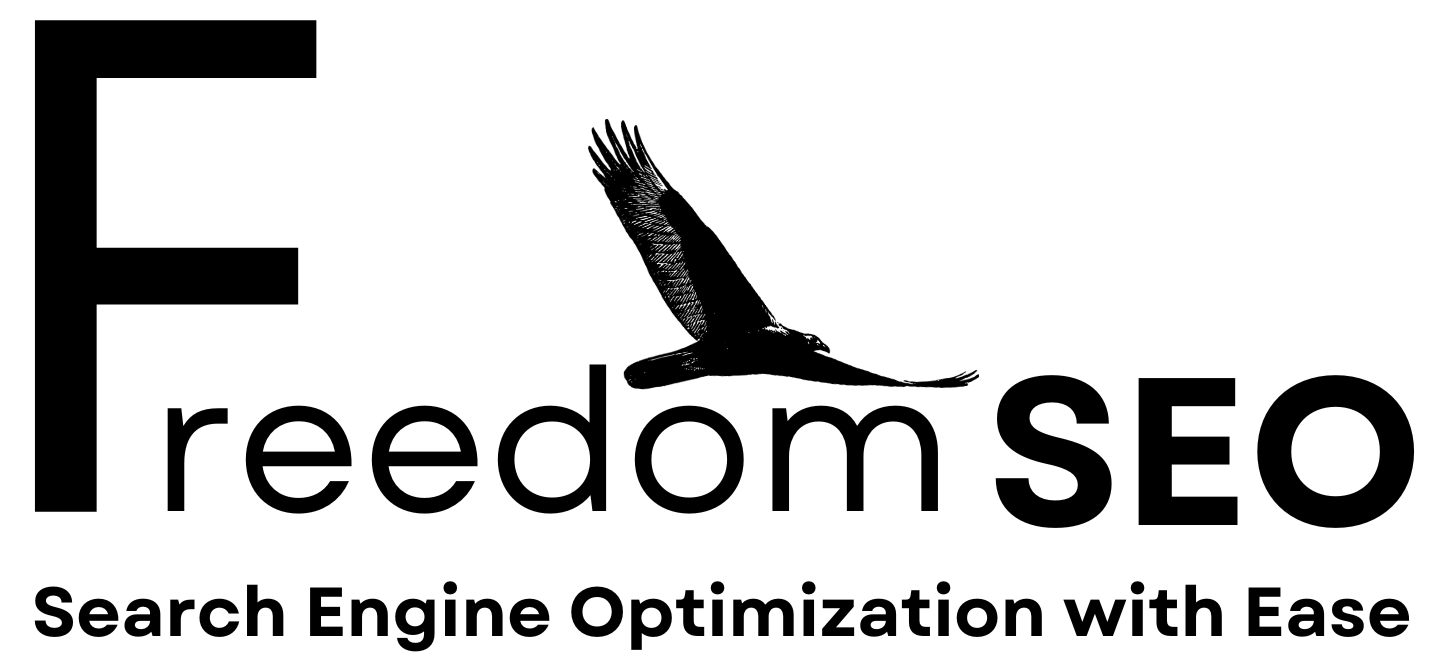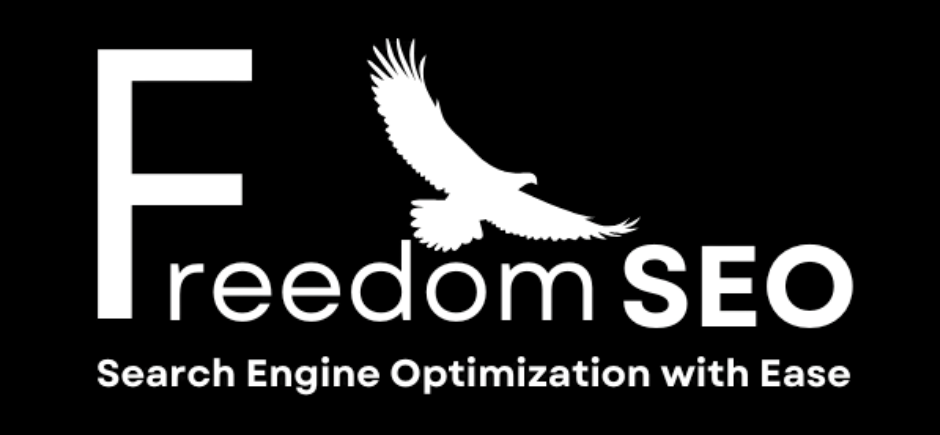User Intent in SEO: Practical Tips for Canadians

Every time someone types a question into Google, there is a hidden reason driving those words. Most marketers believe that stuffing pages with trending keywords is enough to grab attention. But search engines now reward intent over keywords and they have become incredibly good at it. Over 70 percent of Canadian consumers research online before making any purchase decision. Figuring out what people actually want—beyond the search terms—has become the real secret for winning SEO in Canada.
Table of Contents
Quick Summary
| Takeaway | Explanation |
|---|---|
| Understand user intent types | Identify if searches are informational, navigational, transactional, or commercial to tailor your content accordingly. |
| Optimize content for local relevance | Create hyper-local content that addresses specific regional needs and challenges for Canadian audiences. |
| Craft thorough and engaging content | Develop comprehensive responses that thoroughly address user queries to enhance SEO and user satisfaction. |
| Utilize advanced intent detection tools | Leverage machine learning and data analysis to better understand and predict user needs based on search behaviors. |
| Continuously adapt your strategy | Regularly audit and refine your content to adjust for evolving user intents and search engine algorithms. |
What User Intent in SEO Really Means
User intent in SEO represents the fundamental purpose behind a person’s online search query. At its core, it’s about understanding why someone types specific words into a search engine and what they genuinely hope to achieve. Learn more about decoding search behaviors.
The Core Elements of Search Intent
Search intent goes beyond mere keywords. According to research from the University of Minnesota , understanding the underlying motivations driving users’ search queries is crucial for creating content that truly resonates with audience needs.
Primarily, search intent falls into four distinct categories:

-
Informational Intent : Users seeking knowledge or answers to specific questions. These searchers want comprehensive explanations, guides, and educational content.
-
Navigational Intent : People looking to find a specific website or webpage. They typically know exactly where they want to go and use search engines as a navigation tool.
-
Transactional Intent : Searchers ready to make a purchase or complete a specific action. These queries often include words like “buy,” “price,” or “order.”
-
Commercial Investigation Intent : Users comparing products or services before making a purchasing decision. They seek reviews, comparisons, and detailed product information.
Why Understanding User Intent Matters for SEO
For Canadian businesses, comprehending user intent isn’t just a technical exercise—it’s a strategic approach to connecting with potential customers. When your content precisely matches what users are searching for, you increase the likelihood of ranking higher in search results and attracting genuine, interested visitors.
Successful SEO requires more than stuffing pages with keywords. It demands a nuanced understanding of user needs, expectations, and the specific problems they’re trying to solve. By aligning your content with these underlying motivations, you create a more meaningful online experience that search engines reward with improved visibility.
For instance, if someone searches “best winter boots for Calgary,” they’re likely seeking specific recommendations tailored to harsh Canadian winters. A well-crafted response would include detailed product insights, performance in cold temperatures, and local purchasing options—not just generic boot descriptions.
Remember, search engines like Google have sophisticated algorithms designed to understand and evaluate user intent. They don’t just match keywords; they assess the comprehensive relevance and value of content in relation to what searchers are genuinely seeking.
By prioritizing user intent in your SEO strategy, you transform your digital presence from a passive information repository to an active, responsive resource that meets your audience exactly where they are in their search journey.
Identifying Different User Intent Types
Understanding the nuanced landscape of user intent requires a strategic approach to decoding search behaviors. Explore advanced SEO strategies that help businesses interpret these complex digital interactions.
Comprehensive Classification of Search Intents
Researchers have developed sophisticated methods for categorizing user intent. According to a groundbreaking study from the SEO Intent Detection perspective , machine learning techniques can effectively cluster and analyze search query intentions by extracting specific keyword features.
Beyond the traditional four intent types, modern SEO practitioners recognize more granular intent categories:
Here’s a comparison table summarizing the key types of user intent described in the article, which helps readers quickly differentiate between them and understand what kind of content best serves each intent category.
| User Intent Type | Description | Example Search Query | Best Content Types |
|---|---|---|---|
| Informational | Seeks knowledge or answers to specific questions | “How do I change a tire?” | Guides, FAQs, explainer articles |
| Navigational | Wants to find a specific website or page | “Canada Revenue Agency login” | Landing pages, official websites |
| Transactional | Ready to make a purchase or complete an action | “Buy winter boots Toronto” | Product pages, checkout flows |
| Commercial Investigation | Compares products/services before purchasing | “Best winter boots for Calgary” | Reviews, comparison charts |
| Definitional | Looks for the meaning or definition of a concept | “What is search intent?” | Glossaries, definition pages |
| Comparative | Evaluates options, pros and cons, features, or prices | “Snow tires vs. all-season tires” | Comparison articles, tables |
| Local Search | Includes geographic context, seeking location-specific results | “Pizza restaurants near me” | Local business listings, maps |
-
Definitional Intent : Users seeking clear explanations or meanings of concepts, often using phrases like “what is” or “define.”
-
Comparative Intent : Searchers evaluating multiple options, typically looking for pros and cons, pricing comparisons, or feature analyses.
-
Local Search Intent : Queries with geographical specificity, such as “restaurants near me” or “Calgary winter boot stores,” indicating a desire for location-based results.
Advanced Techniques for Intent Detection
The MSDialog research on information-seeking conversations reveals that user intent is not static but evolves through multi-turn interactions. This dynamic nature requires SEO professionals to develop more adaptive content strategies.
For Canadian businesses, understanding intent goes beyond simple keyword matching. It involves analyzing search patterns, user behavior, and contextual clues that reveal deeper motivational layers.
Consider a search query like “best home insulation for cold climates.” This intent combines informational and commercial investigation elements. A comprehensive response would include:
- Technical details about insulation types
- Performance in extreme Canadian winter conditions
- Cost-effectiveness analysis
- Recommended installation techniques
- Potential energy savings
Advanced intent detection tools now leverage machine learning algorithms to predict user needs more accurately. These technologies analyze multiple data points including:
- Search history
- Geographic location
- Device type
- Time of search
- Previous interaction patterns
By understanding these intricate intent signals, businesses can craft more targeted, relevant content that not only ranks well but genuinely satisfies user requirements. The goal is creating a seamless, intuitive search experience that anticipates and addresses user needs before they fully articulate them.
Remember, intent is not a static concept but a dynamic, evolving interaction between users and digital platforms. Successful SEO strategies must remain flexible, continuously adapting to changing search behaviors and technological advancements.
Optimizing Your Content for User Intent
Optimizing content for user intent transforms your digital strategy from generic information distribution to precise audience targeting. Discover advanced content optimization techniques that elevate your online presence.
Strategic Content Alignment Techniques
According to scholarly research on web search intent , successful content optimization requires a methodical approach to mapping user expectations. This involves creating content that directly addresses specific search motivations and query contexts.
Effective content optimization strategies include:
-
Comprehensive Answer Frameworks : Develop content that provides complete, authoritative responses to user queries.
-
Contextual Keyword Integration : Embed semantically related terms that demonstrate deep understanding of the topic.
-
Structured Content Presentation : Use clear headings, bullet points, and concise paragraphs that facilitate quick information consumption.
Practical Implementation Strategies
Research from Usability.gov emphasizes the importance of task-based content design. For Canadian businesses, this means crafting content that anticipates and resolves specific user challenges.
Consider these practical approaches:
To make the practical implementation strategies for content optimization more scannable, here’s a process table outlining actionable steps Canadian businesses should take to optimize their content for user intent.
| Step | Action | Purpose |
|---|---|---|
| 1 | Conduct audience research | Understand precise information needs |
| 2 | Analyze competitor content | Identify winning strategies and gaps |
| 3 | Address multiple intent levels in one piece of content | Serve broader user needs within a single article |
| 4 | Implement schema markup | Help search engines interpret your content context |
| 5 | Use clear headings & multimedia | Enhance engagement and ease of navigation |
| 6 | Design for mobile devices | Ensure usability for all users |
| 7 | Regularly audit and refine content | Adapt to evolving search behaviours |
- Conduct thorough audience research to understand precise information needs
- Analyze top-performing competitor content in your niche
- Create content that addresses multiple intent levels within a single piece
For example, a blog post about winter tires for Canadian drivers might simultaneously serve informational (explaining tire technologies), comparative (reviewing different brands), and transactional (providing purchasing guidance) intents.
Content optimization extends beyond textual elements. Consider these additional optimization tactics:
- Use schema markup to help search engines understand content context
- Implement clear, descriptive headings that signal content purpose
- Include multimedia elements that enhance user engagement
- Develop content with mobile-first design principles
Remember that user intent optimization is an ongoing process. Search behaviors evolve, and your content strategy must remain adaptable. Regularly audit your content, track performance metrics, and be prepared to refine your approach based on emerging user needs and search engine algorithm updates.
Ultimately, successful user intent optimization isn’t about gaming search algorithms—it’s about genuinely understanding and addressing your audience’s most pressing questions and challenges. When you consistently deliver precise, valuable content that matches user expectations, search engines will naturally reward your efforts with improved visibility and rankings.
User Intent Tips for Canadian Businesses
Canadian businesses face unique digital marketing challenges that demand a sophisticated approach to user intent optimization. Learn more about local SEO strategies that can transform your online presence.
Understanding the Canadian Digital Consumer
According to Numero Uno Web Solutions , Canadian consumers are exceptionally informed, conducting extensive research before making purchasing decisions. This characteristic requires businesses to develop content that goes beyond surface-level information.
Key considerations for Canadian businesses include:
- Hyper-Local Content : Create content that speaks directly to regional challenges and interests
- Seasonal Relevance : Develop intent-driven content that addresses unique Canadian seasonal needs
- Comprehensive Information : Provide in-depth, authoritative content that demonstrates expertise
Practical Content Optimization Strategies
The Business Development Bank of Canada (BDC) recommends structuring each webpage around a single, focused theme to help search engines accurately classify and rank content.
Consider these practical optimization approaches:
- Develop region-specific content that addresses local search intents
- Create detailed FAQ sections that anticipate user questions
- Incorporate local landmarks, events, and cultural references
- Use Canadian English spelling and terminology
For example, a winter gear retailer might create content that addresses:
- Specific winter clothing needs for different Canadian provinces
- Technical performance of gear in extreme cold temperatures
- Comparisons of insulation technologies relevant to Canadian winters
- Local purchasing options and shipping considerations
Understanding the nuanced search behaviors of Canadian consumers requires a multifaceted approach. Consider the diverse geographical and cultural landscape of Canada. A search query from Vancouver will likely differ significantly from one originating in Toronto or Halifax.
Technical considerations are equally important. Optimize your content for mobile devices, ensure fast loading times, and use structured data that helps search engines understand your content’s context.
Remember that user intent is not static. Continuously monitor your analytics, track user behavior, and be prepared to adapt your content strategy. The most successful Canadian businesses view SEO as an ongoing conversation with their potential customers, not a one-time optimization effort.
Ultimately, your goal is to create content that not only ranks well but genuinely serves the informational, navigational, and transactional needs of your Canadian audience. By focusing on user intent, you transform your digital presence from a mere website to a valuable resource that truly connects with your target market.

Frequently Asked Questions
What is user intent in SEO, and why is it important for Canadian businesses?
User intent in SEO refers to the underlying purpose or motivation behind a user’s search query. For Canadian businesses, understanding user intent is crucial because it allows them to create relevant content that resonates with potential customers, improving search rankings and engagement.
What are the different types of user intent I should consider for my content?
User intent can be categorized into four main types: informational (seeking knowledge), navigational (finding specific websites), transactional (ready to make a purchase), and commercial investigation (comparing products or services). Understanding these types helps tailor content to meet audience needs effectively.
How can I optimize content to address different types of user intent?
To optimize content, ensure that each piece answers specific user questions related to the type of intent. For informational queries, provide comprehensive guides; for transactional intent, create product-focused pages; and for commercial investigation intent, include detailed comparisons and reviews.
What strategies can I use to make my content more relevant to Canadian consumers?
To make content more relevant, focus on creating hyper-local content that addresses regional challenges, seasonal needs, and comprehensive information specific to Canadian audiences. Using Canadian English language and cultural references can also enhance relatability.
Ready to Turn User Intent Into Top Rankings for Your Canadian Business?
If you are struggling to match what your customers are actually looking for and feel your website is not showing up when it matters, you are not alone. The article highlights how simply adding keywords is not enough. Canadian customers want answers to their questions, local solutions, and the confidence to choose your business—yet search engines need clear signals about your true value. If you want your content and business to get noticed by Canadians in search, you need expert guidance that understands both user intent and the unique Canadian digital landscape.

The team at Freedom SEO specializes in getting Canadian businesses into the top 3 on Google. Our full service approach delivers fast, guaranteed results by connecting your website with what local customers are searching for. We offer tailored local SEO services for Canada and bring proven strategies to align your content with real user intent—so you attract more leads that actually convert. Do not wait while competitors claim those top Google spots. Contact us today for your free consultation and let us help you dominate your area with relevant, high-performing SEO.
Recommended
-
[
Writing SEO Friendly Content: 2025 Tips for Canadian DIY SEO
]( https://freedomseo.ca/writing-seo-friendly-content-2025-tips-for-canadian-diy-seo )
-
[
Writing Blog Posts for SEO: 2025 Tips for Canadian DIYers
]( https://freedomseo.ca/writing-blog-posts-for-seo-2025-tips-for-canadian-diyers )
-
[
SEO for Beginners: Easy 2025 Tips for Canadian Businesses
]( https://freedomseo.ca/seo-for-beginners-easy-2025-tips-for-canadian-businesses )
-
[
Location Pages for SEO: Proven Tips for Canadian Businesses 2025
]( https://freedomseo.ca/location-pages-for-seo-proven-tips-for-canadian-businesses-2025 )

















